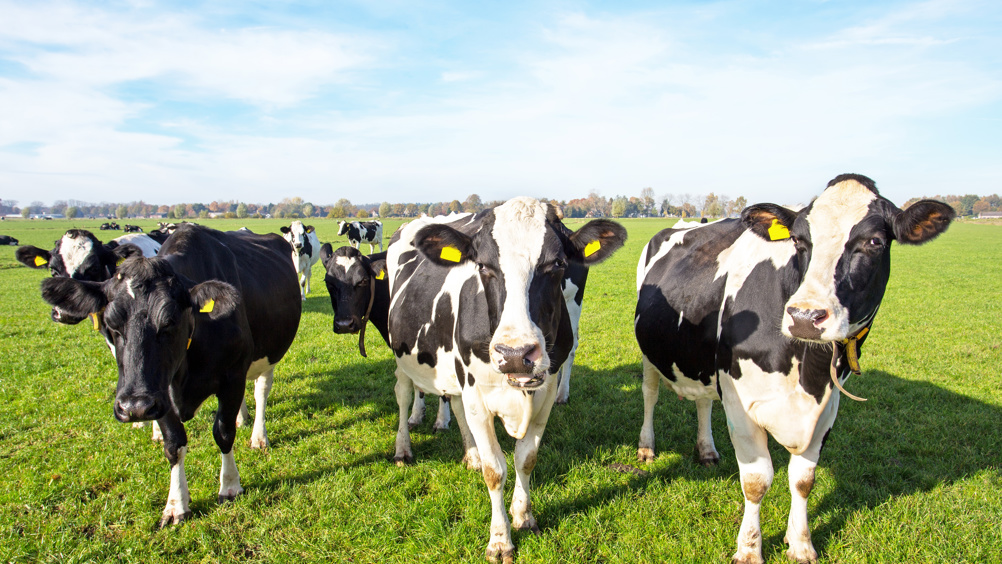Modernising BRD control

Abstract
To minimise the impact of BRD on farm rapid identification and early treament are required. Prevention involves maximising immunity, managing stressful periods and optimising the environment.
Bovine respiratory disease (BRD) or pneumonia is a cause of major economic loss for the cattle industry with estimates for the annual cost of the disease running to more than £60 million. The initial costs of a case of pneumonia have been estimated at around £43 in a dairy calf or £83 in a beef calf, these costings include the cost of treatment and the immediate check in growth rates. The long-term costs of the case can be far more significant, with estimated overall costs closer to £772 for a dairy heifer by the time you factor in the delay to first calving, reduction in first and second lactation milk yield and the increased risk of culling.
Recently there has been increasing interest in the use of thoracic ultrasound as a tool for diagnosis of BRD and veterinary surgeons are now using it for several different purposes:
Ultrasound has also been used as a screening tool for future performance. One study used ultrasound to screen heifers at 60 days of age for lung lesions and then followed them through into their first lactation. Heifers found to have lung damage on their initial ultrasound scan had a higher age at first calving and were more likely to be lost from the herd. Additionally, heifers with lung damage identified on ultrasound had a tendency for lower pregnancy rates to first service than heifers without lung lesions.
Register now to continue reading
Thank you for visiting UK-VET Companion Animal and reading some of our peer-reviewed content for veterinary professionals. To continue reading this article, please register today.

